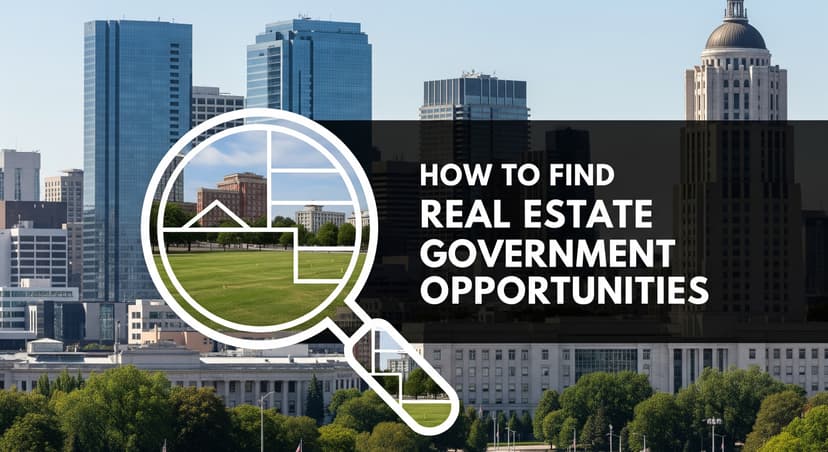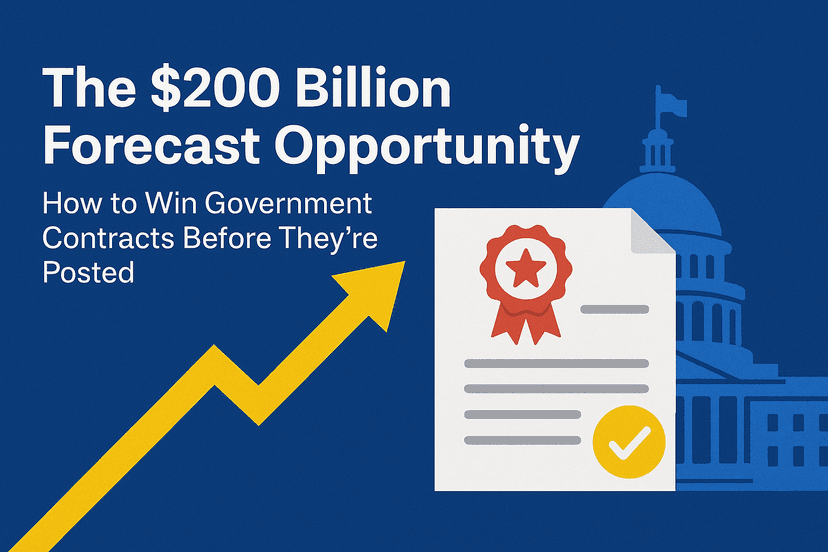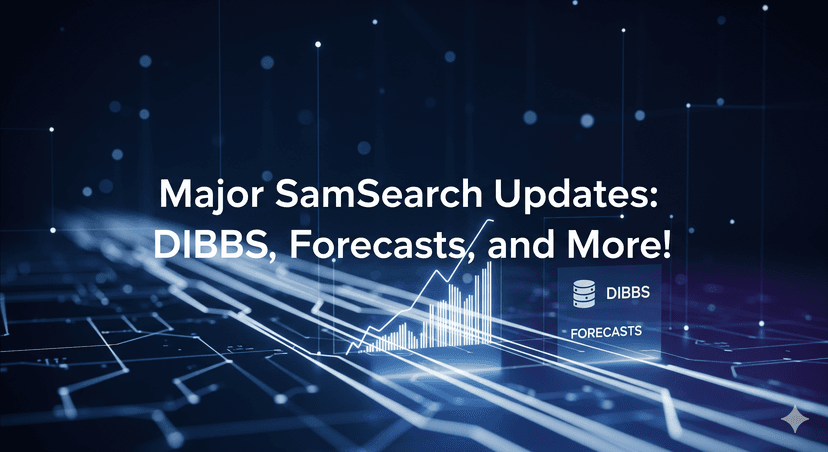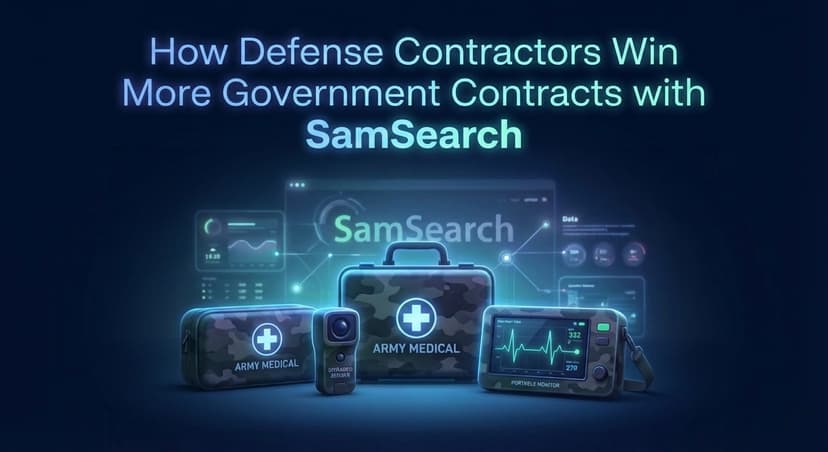Mastering Bid/No-Bid Decisions: How to Choose the Right Government Contracts to Pursue

Intro
Government contracts can be a goldmine—but only if you’re pursuing the right ones.
Too many businesses, especially small and mid-sized contractors, waste thousands of dollars and hundreds of hours chasing RFPs that were never a good fit in the first place. Poor bid/no-bid decisions don’t just cost money—they also hurt morale and reduce long-term competitiveness.
In this guide, we’ll walk you through a practical, proven Bid/No-Bid Decision Framework that will help you:
- Evaluate RFPs with clarity and speed
- Avoid bidding blind
- Use AI to get fast answers from complex documents
- Focus your efforts on contracts you can win
🎥 Prefer video? Watch the full breakdown here:
The Cost of a Bad Bid
Before diving into the framework, let’s talk reality:
- A typical bid costs $5,000–$20,000 to prepare
- Time-to-submit often ranges from 2–6 weeks
- Win rates for open RFPs can be <10% if you're not strategic
Every bad bid isn’t just a lost contract—it’s a missed opportunity to bid on a better one.
The 7-Step Bid/No-Bid Decision Framework
Here’s how to evaluate whether a contract opportunity is worth pursuing:
1. Strategic Fit
Ask: Does this align with your long-term goals and capabilities?
Example: If your firm specializes in cybersecurity and sees an RFP for help desk services, it may not support your strategic focus—even if technically feasible.
Bid if: it aligns with your niche, growth goals, and market plan. No-Bid if: it’s outside your focus or a distracting one-off.
2. Customer Knowledge
Ask: Do you know the agency’s needs, pain points, or procurement history?
Tip: Have you spoken to the buyer, responded to an RFI, or followed the opportunity before the RFP dropped?
No intel = high risk.
3. Competitive Position
Ask: Can you realistically win?
- Who is the incumbent?
- Do you have a clear differentiator?
- Is this recompete territory?
Bid if: you have an edge. No-Bid if: you’re just another vendor in the pile.
4. Capability Match
Ask: Can you meet 100% of the requirements?
Scan for:
- Mandatory past performance
- Certifications
- Labor categories
- Technical skills
- Security clearances
Partial matches usually = No-Bid, unless you're teaming to fill gaps.
5. ROI & Contract Size
Ask: Will this be profitable?
Evaluate:
- Contract value
- Performance period
- Staffing needs
- Compliance costs
Red flag: Cost-reimbursement contracts for firms unfamiliar with federal accounting rules.
6. Internal Readiness
Ask: Can your team deliver a winning proposal on time?
Consider:
- Proposal calendar
- Team capacity
- Availability of technical inputs and past performance data
Don’t bid just because you can. Bid when you can win.
7. Risk Tolerance
Ask: How risky is this contract—financially, operationally, reputationally?
Examples of hidden risk:
- Liquidated damages
- Cost-plus complexity
- Cybersecurity mandates (like CMMC)
- Unclear deliverables
If the risk outweighs the reward, walk away.
Save Time with AI: Use Chat with AI in SamSearch
Let’s face it—reading 80-page RFPs and digging through 10 attachments is exhausting and error-prone.
That’s why tools like SamSearch’s "Chat with AI" are a game changer.
Instead of manually reading each doc, you can:
Ask: “Is there a past performance requirement?”
Ask: “What are the technical deliverables?”
Ask: “Is this firm-fixed-price or cost-reimbursement?”
The AI reads and summarizes all documents—PWS, SOW, attachments—so you don’t miss a thing. It cuts hours of work down to minutes, helping you say Yes or No faster—and smarter.
Final Thoughts
Bid/no-bid isn’t just about saying no—it’s about saying yes to the right things.
Use the framework above to evaluate each opportunity, and layer in tools like AI to make decisions faster and smarter.
The result?
✔️ Higher win rates
✔️ Less waste
✔️ Happier, more focused teams
FAQ
Q1: How often should I do a bid/no-bid analysis?
A: Every single time—especially for prime contracts. It’s your filter for quality over quantity.
Q2: What’s a good win rate?
A: Industry benchmarks vary, but a 10–15% win rate is normal. If you’re below that, your bid/no-bid strategy likely needs refining.
Q3: Can I automate bid/no-bid decisions?
A: You can’t fully automate them—but you can accelerate them using tools like SamSearch’s Chat with AI, which helps you evaluate scope, requirements, and risks instantly.
Q4: Should I ever bid cold?
A: In most cases, no. Cold bids (no relationship, no intel, no pre-RFP visibility) are lower probability and higher risk—unless you bring a unique differentiator.
Q5: What if I don’t have a proposal team?
A: Start with a lightweight framework. Even a solo founder can use AI tools to review RFPs, extract key requirements, and focus only on good-fit opportunities.
Ready to Bid Smarter?
Samsearch is an all-in-one platform that streamlines the entire government contracting process. Our solution brings together discovery, management, compliance, and proposal drafting — eliminating the need for multiple disjointed government contracting softwares.













